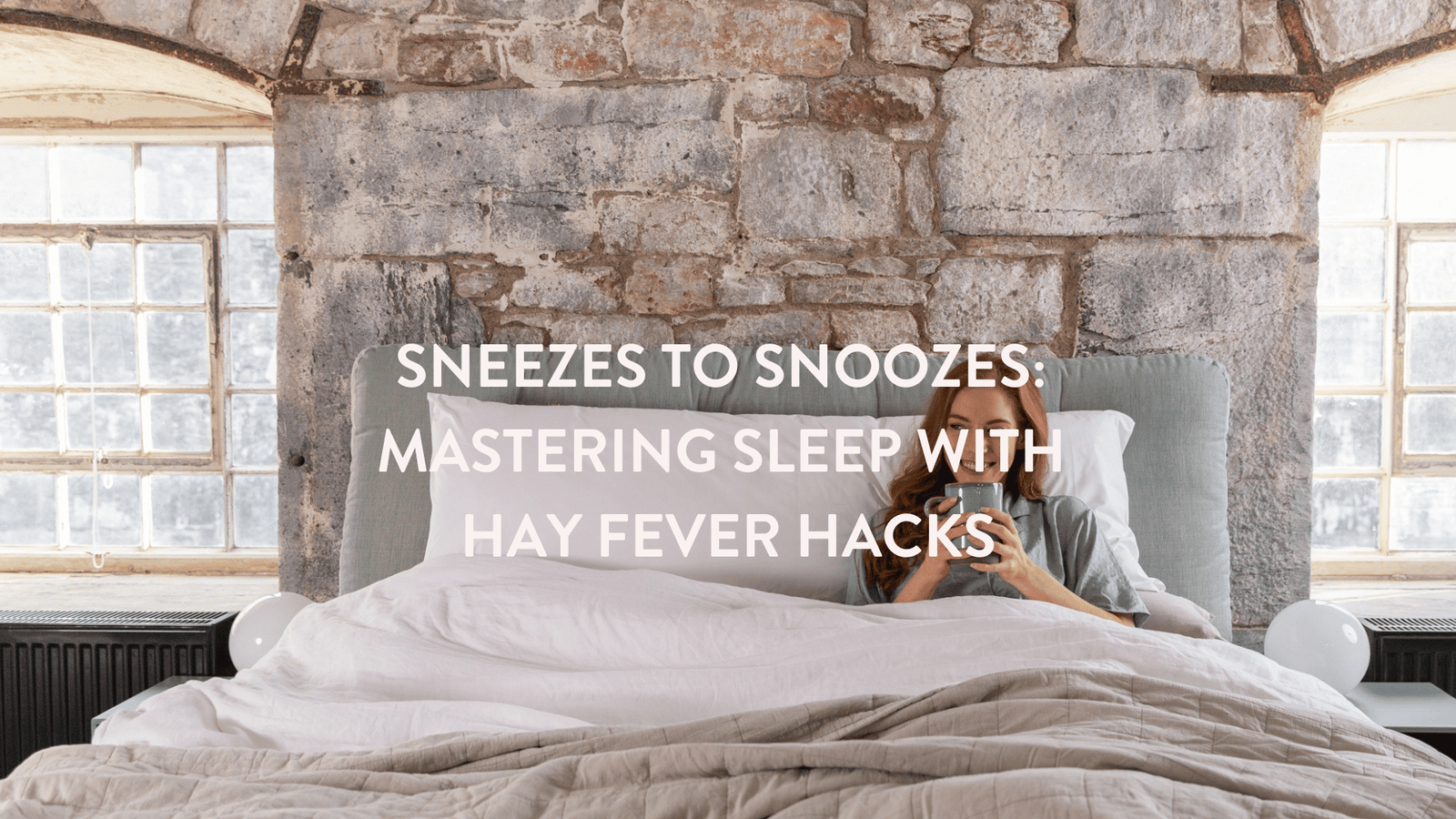
Sneezes to Snoozes: Mastering Sleep with Hay Fever Hacks
As spring blooms and the days lengthen, many eagerly embrace the change in season. However, for a significant portion of the population, the arrival of spring also signals the beginning of a relentless battle against a common foe, hay fever.
Imagine this scenario - the sun is setting, the world is quieting, and you're ready to embark on a journey to dreamland, yet your body has other plans. Your nose begins to tickle, your eyes water, and the thought of a peaceful night's sleep becomes a distant dream. If this sounds all too familiar, you're not alone approx 16 million people in the UK alone suffer from the dreaded hay fever.
Hay fever, with its pesky symptoms of sneezing, congestion, and itchy eyes, can be the ultimate saboteur of a good night's sleep. But before you resign yourself to sleepless nights and fatigue-filled days, let’s explore the world of hay fever and allergy management, uncovering the secrets to reclaiming your sleep sanctuary.
Welcome to a guide that’s here to trade you sneezes for snoozes.
Understanding Hay Fever and Its Impact on Sleep
Hay fever, also known as allergic rhinitis, affects approximately 10-30% of adults and up to 40% of children in the UK. This common allergic reaction occurs when the immune system overreacts to allergens like pollen, dust mites, or pet dander. While symptoms vary, they often include sneezing, a runny or blocked nose, itchy eyes, and even coughing or wheezing.
These symptoms don’t just disrupt your day, they can wreak havoc on your sleep. A blocked nose or persistent itchiness makes it difficult to fall asleep and stay asleep.
The cumulative effect?
A cycle of sleep deprivation that can lead to daytime drowsiness, decreased productivity, and overall lowered quality of life.
Nasal congestion from hay fever can exacerbate or contribute to obstructive sleep apnoea, a condition where the airway becomes blocked during sleep.
Lack of quality sleep can weaken the immune system, potentially worsening hay fever symptoms and creating a vicious cycle of poor sleep and aggravated symptoms.
So, what can you do to mitigate these symptoms and ensure a restful night's sleep?
NHS Hay Fever Self Help Guide.
Transforming Your Bedroom into an Allergy-Proof Sanctuary
1. Invest in Hypoallergenic Bedding
Your bed should be a refuge from allergens, not a source of them. Opt for hypoallergenic mattress covers, pillows, and duvets. These products are designed to repel dust mites and other common allergens, providing you with a cleaner sleeping environment.
Essential oils like eucalyptus, peppermint, and lavender can help open up nasal passages and provide relief when used in a diffuser or added to a bath as part of your bedtime routine.
2. Maintain Optimal Humidity Levels
Dry air can irritate nasal passages, while too much humidity can foster dust mites and mould. Aim to keep your bedroom’s humidity level between 40% and 60%. Use a dehumidifier in damp conditions or a humidifier if the air is particularly dry.
3. Regularly Wash Bedding
Wash your sheets, pillowcases, and blankets in hot water at least once a week to kill dust mites and remove allergens.
Consider using anti-allergy laundry detergent for an added layer of protection. Be careful about hanging your bedding outside when the pollen count is high this may well exacerbate the problem.
4. Clean and Replace Air Filters
Air filters in your HVAC (Heating, Ventilation, and Air Conditioning) system can trap pollen, dust, and other allergens. Make sure to clean or replace them regularly to maintain clean air circulation.
Pay particular attention to vacuum cleaners ensuring the HEPA filters are clear and functioning correctly.
5. Keep Pets Out of the Bedroom
Pet dander is a common allergen that can easily accumulate in your sleeping space. Encourage pets to sleep in another room to minimise exposure. This does not mean you love them any less, it just means you will have more energy the next day to enjoy your pets!
6. Adjust Sleep Posture
Sleep posture can significantly impact the quality of sleep for hay fever sufferers.
Elevating the Head
Elevating your head can help reduce nasal congestion and postnasal drip, which are common issues for hay fever sufferers. This position aids in keeping the airways open, making it easier to breathe.
Tip: Use an extra pillow or a wedge pillow to elevate your head and upper body.
Sleeping on Your Back
Sleeping on your back with your head slightly elevated can prevent mucus from pooling in the sinuses, reducing congestion and promoting better airflow through the nasal passages.
Tip: Place a pillow under your knees if needed to maintain a natural curve in your lower back, improving comfort and spinal alignment.
Avoiding Stomach Sleeping
Sleeping on your stomach can press your face into the pillow, potentially increasing nasal congestion and making it harder to breathe. This position can also strain the neck and spine.
Tip: If you prefer sleeping on your stomach, try transitioning to a side or back sleeping position gradually using supportive pillows.
Sleeping on Your Side
Side sleeping, particularly on your left side, can improve circulation and reduce acid reflux, which can be aggravated by hay fever. However, it’s important to note that side sleeping might cause one nostril to become more congested.
Tip: Choose a supportive pillow that keeps your neck aligned with your spine. Consider alternating sides to prevent excessive pressure on one side of your face.
7.Maintaining a Clean Sleep Environment
Ensuring your sleep environment is free from allergens like dust mites and pollen is crucial. A clean environment can minimize irritation and allow you to breathe more easily, regardless of your sleep position.
Tip: Use hypoallergenic bedding, wash sheets regularly, and keep windows closed during high pollen seasons. Consider replacing curtains with blinds and reduce clutter in the bedroom environment.
8.Proper Pillow Maintenance
Keeping your pillows clean and replacing them regularly can prevent the buildup of dust mites and allergens that can worsen hay fever symptoms.
Tip: Opt for washable pillow covers and consider using anti-allergen pillowcases.
Effective Hay Fever Relief Strategies
1. Use Antihistamines
Over-the-counter antihistamines can alleviate many hay fever symptoms. Non-drowsy options are ideal for daytime use, while other formulations may help you sleep better by reducing symptoms overnight.
2. Apply Nasal Sprays
Nasal corticosteroids are effective at reducing inflammation and congestion. For best results, use them as directed by your healthcare provider.
3. Practice Good Sleep Hygiene
Establish a bedtime routine that promotes relaxation and consistent sleep. Avoid screens at least an hour before bed, and create a dark, cool, and quiet environment to encourage restful sleep. Putnam's guide to good sleep hygiene.
4. Consider Allergen Immunotherapy
For those with severe hay fever, allergen immunotherapy (allergy shots) can be a long-term solution. This treatment involves gradually introducing small amounts of the allergen to build up immunity.
"Hay fever is worse than normal this year!"
Why do we hear this every year without fail, it is almost one of the first signs of Summer in the UK. Is hay fever getting worse every year?
Dr. Beverley Adams-Groom, one of the UK's foremost pollen forecasters, has highlighted a concerning trend: rising CO2 levels in the atmosphere may be making pollen grains more potent.
"Traffic pollutants can interfere with the respiratory system, lowering the threshold at which people begin to experience symptoms," she explained.
Dr Beverly Adams-Groom also contends that the impact of climate change on the pollen season is becoming increasingly significant - so it looks like our coping techniques will be with us for a while.
6 Best Coping Techniques for Dealing with Hay Fever
We all know how to minimise the impact of hay fever by not going out so much, limiting outdoor activities and taking antihistamines, but what else can we do?
1. Shower and Change Clothes
- Details: Pollen can stick to your skin, hair, and clothes. Taking a shower and changing clothes after outdoor activities can help minimize pollen exposure inside your home. Showering before bedtime can help with a good night's rest.
- Tip: Make it a habit to wash your face and hands frequently throughout the day. Also leave 'outside' clothes and shoes away from commonly used living areas. Perhaps designate certain areas of your home, like the bedroom, as pollen-free zones. Remove shoes and outer clothing before entering these areas and use air purifiers.
2. Wear Sunglasses
- Details: Sunglasses, especially wraparound types, can help protect your eyes from pollen, reducing symptoms like itchy and watery eyes.
- Tip: Choose sunglasses with UV protection for added eye health benefits.
3. Apply Petroleum Jelly
- Details: Applying a small amount of petroleum jelly around your nostrils can act as a barrier, trapping pollen before it enters your nasal passages.
- Tip: Reapply as needed throughout the day, especially if you blow your nose or wipe your face.
4. Dry Clothes Indoors
- Details: Drying clothes on an outdoor line can cause pollen to stick to them. Opting for indoor drying helps keep your clothes pollen-free.
- Tip: Use a clothes dryer or an indoor drying rack placed in a well-ventilated area.
5. Consider Immunotherapy
- Details: Immunotherapy, including allergy shots or sublingual tablets, gradually desensitizes your immune system to allergens. This treatment can provide long-term relief.
- Tip: Consult with an allergist to determine if immunotherapy is a suitable option for you and discuss the treatment plan and duration.
6. Nettle Tea, Vitamin C and other Natural Remedies.
- Details: Nettle leaves have natural anti-inflammatory properties. Drinking nettle tea can help alleviate hay fever symptoms. Vitamin C is a natural antihistamine. Increasing your intake through supplements or foods like citrus fruits, strawberries, and bell peppers can help reduce symptoms. The herb butterbur has been shown to reduce nasal symptoms of hay fever. Quercetin, found in apples, onions, and black tea, quercetin is a natural antihistamine that can help reduce allergic reactions.
- Tip: So when reaching for that well deserved cocktail ion the early evening. Perhaps add another splash of orange juice - for medicinal purposes!
The Path to Peaceful Sleep
Managing hay fever symptoms requires a multi-faceted approach, from allergen-proofing your bedroom to finding the right medications and maintaining good sleep habits. While it may take some time to determine what works best for you, the effort will undoubtedly pay off in the form of restful, uninterrupted sleep.
By understanding the triggers and implementing these strategies, you can transform your nights from restless to restful.
Don't let hay fever dictate your sleep, take control and make every night a step closer to peaceful slumber.
We need your help - Share Your Tips and Stories
Have you discovered effective ways to manage hay fever and improve your sleep? Share your tips and experiences in the comments below. Your insights could be the solution someone else has been searching for.



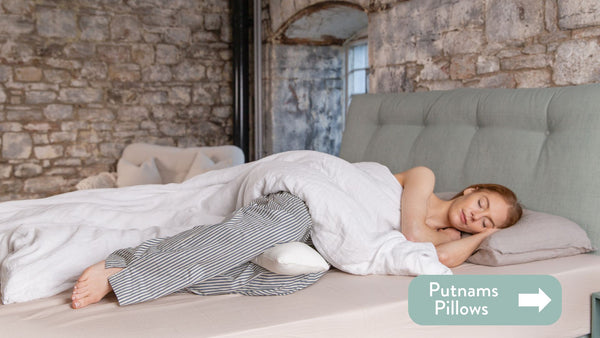

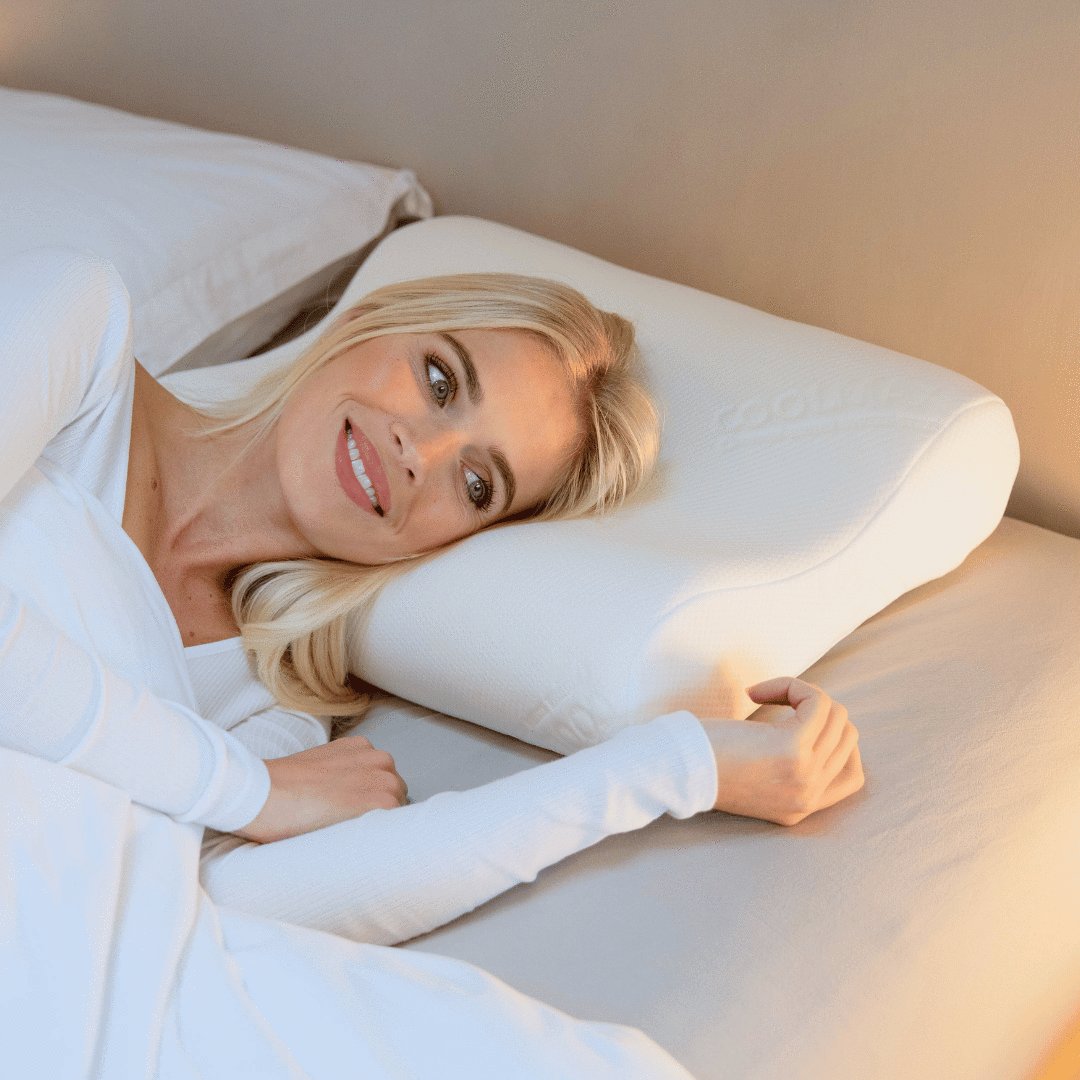
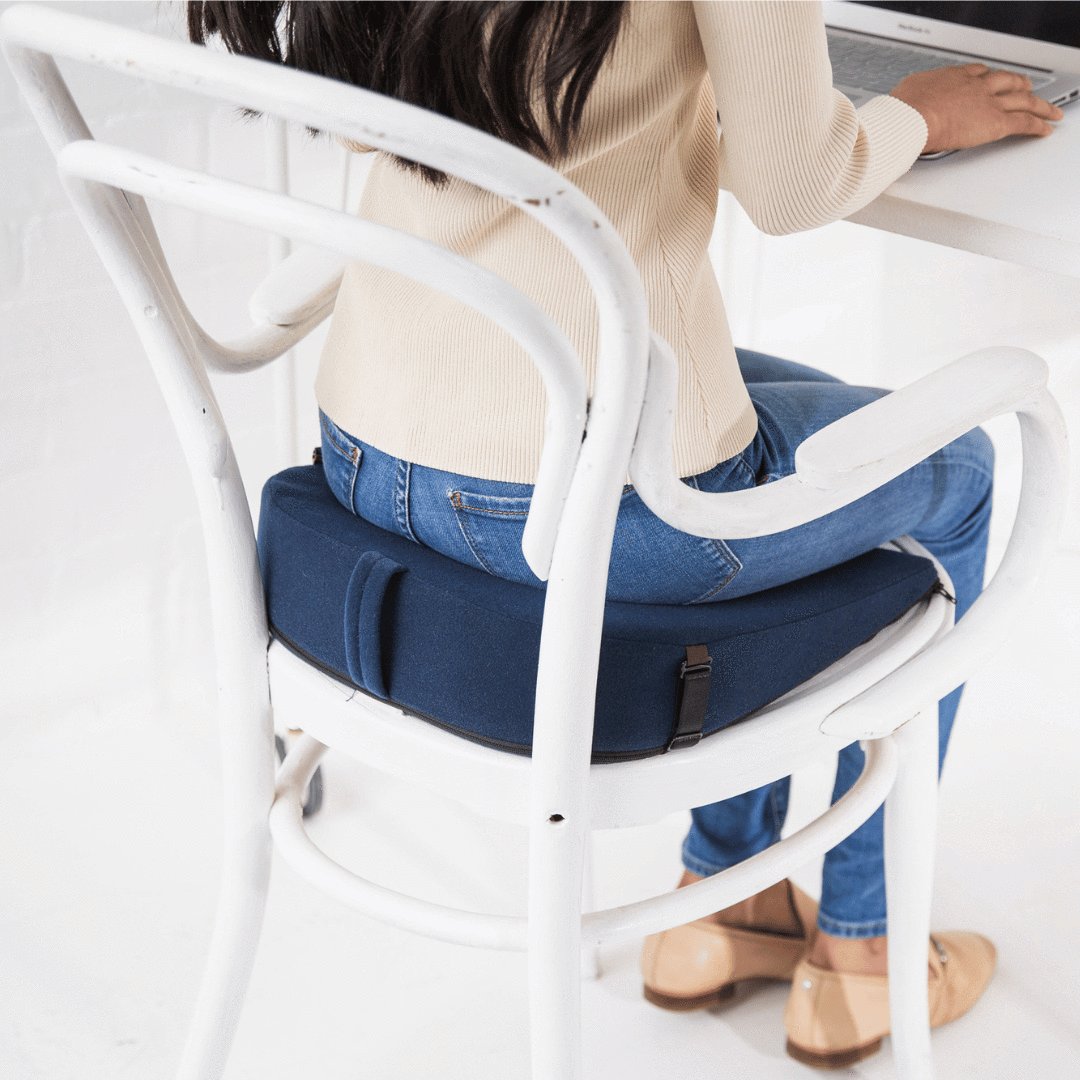

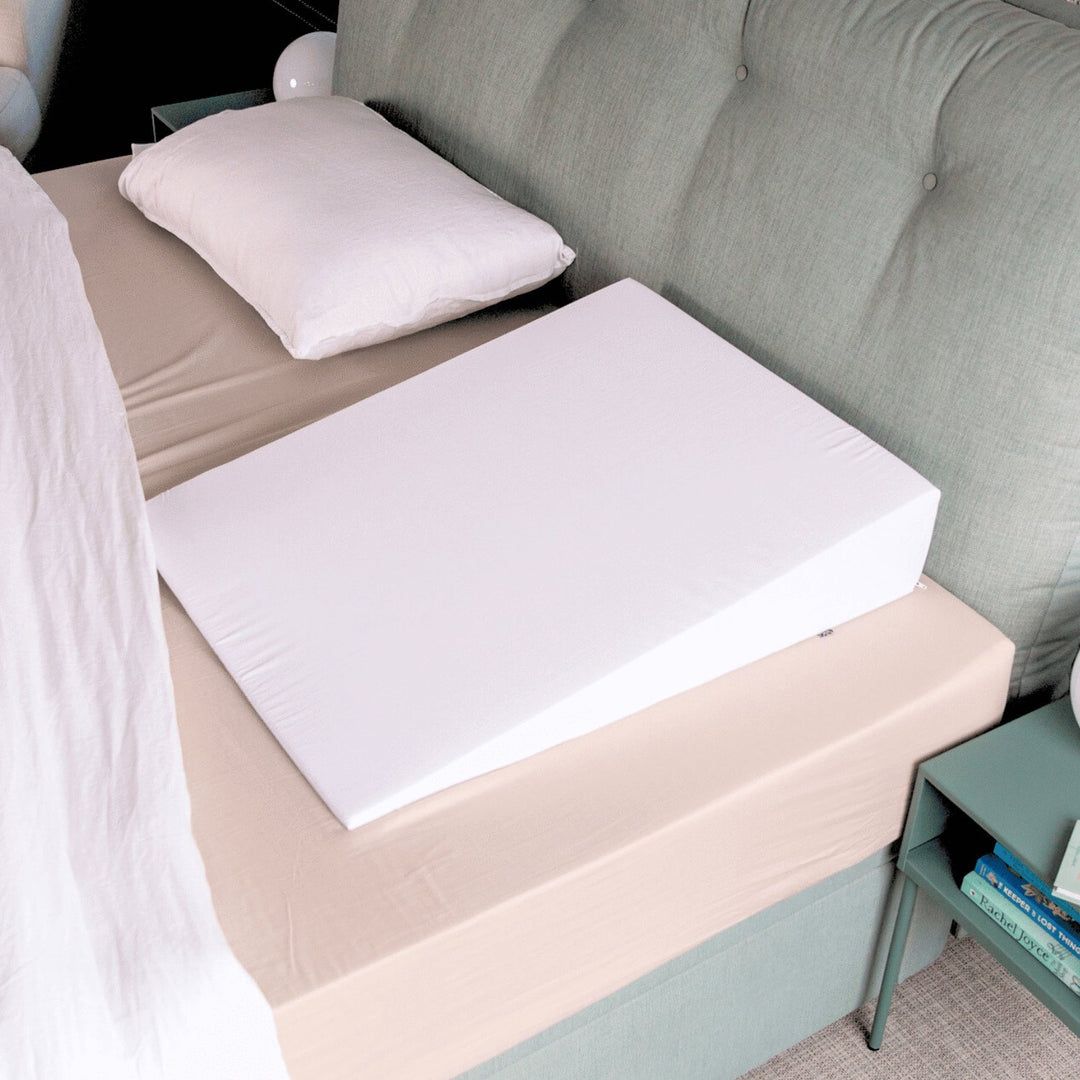
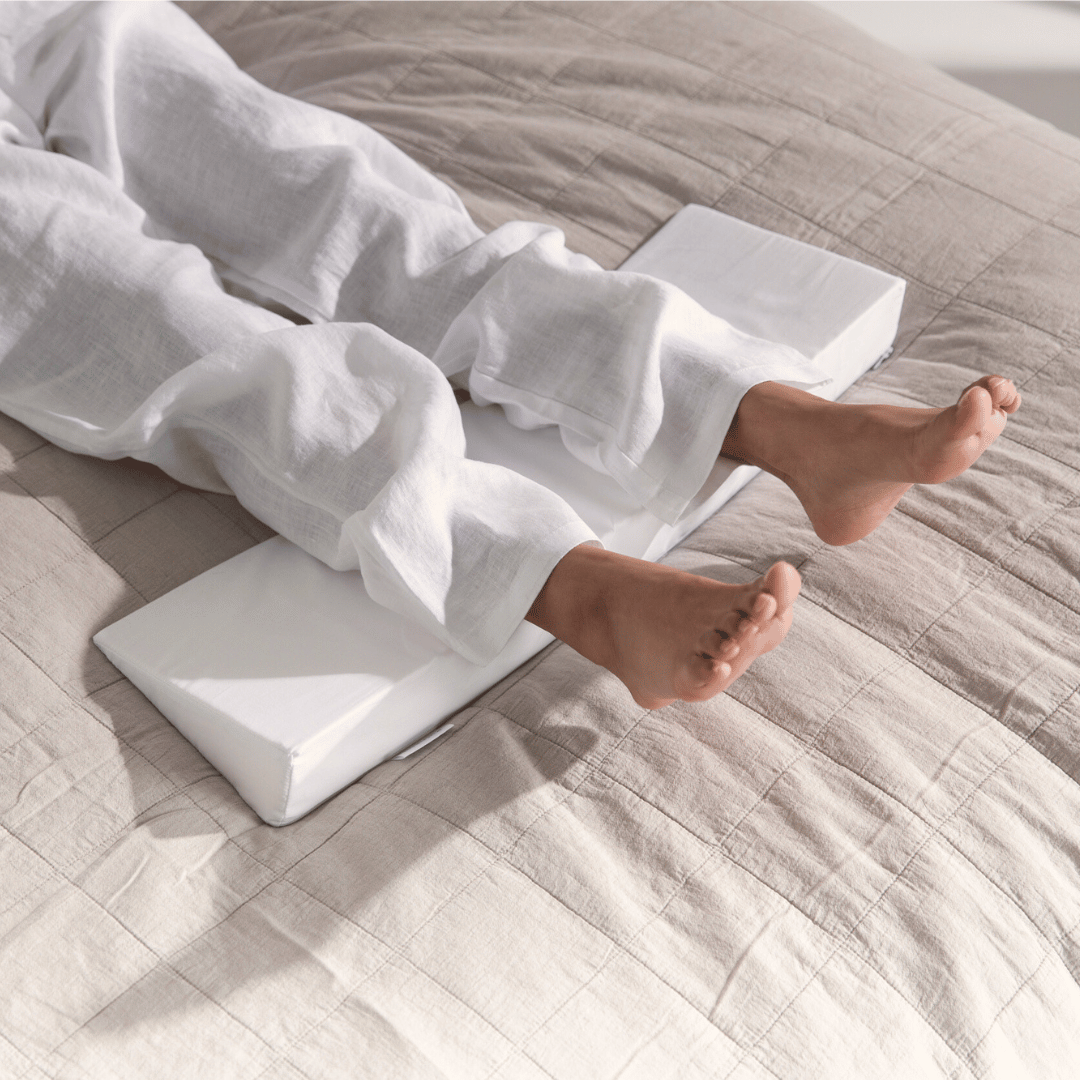
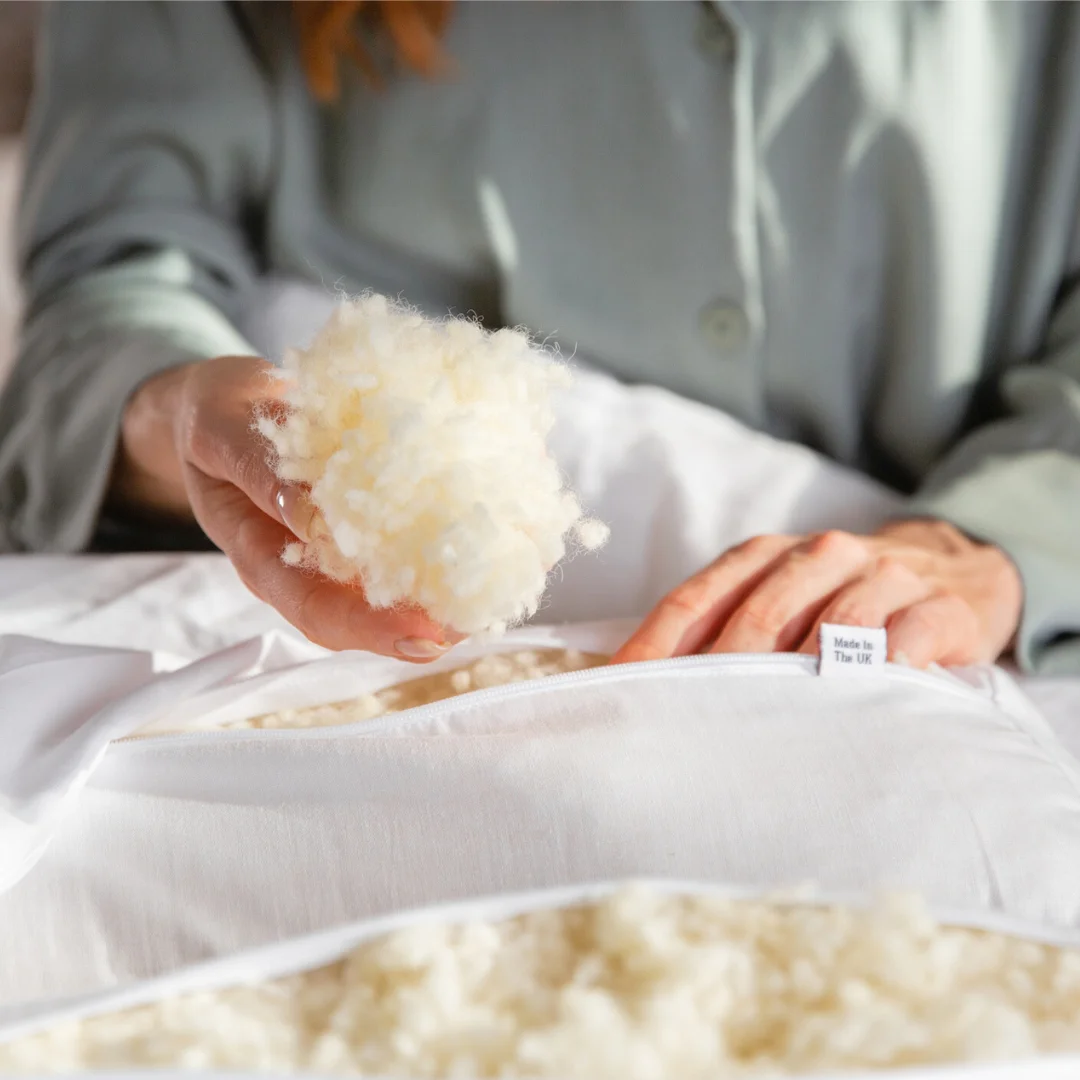
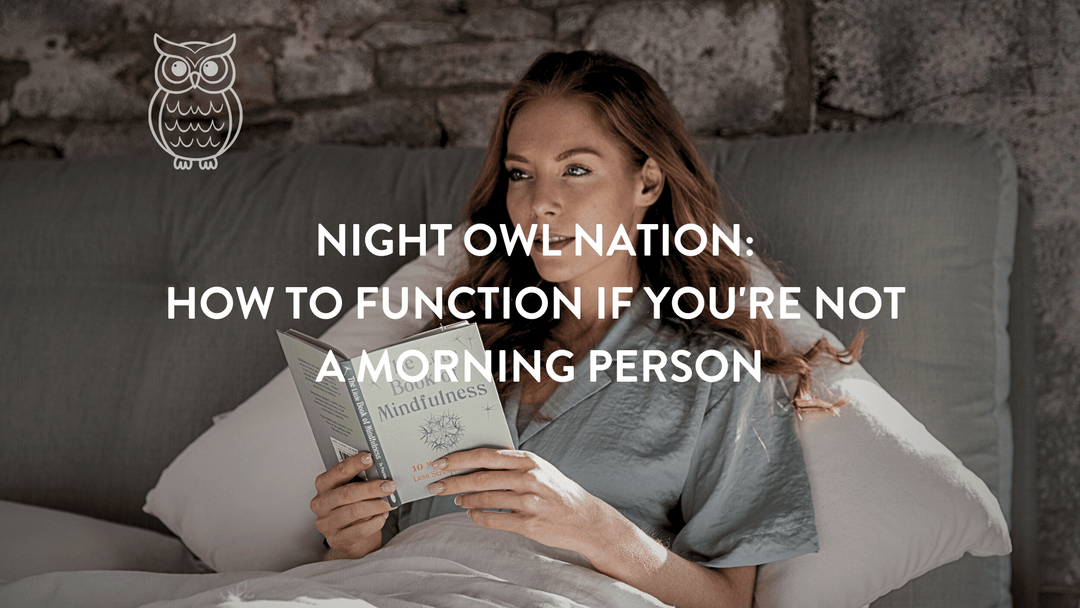

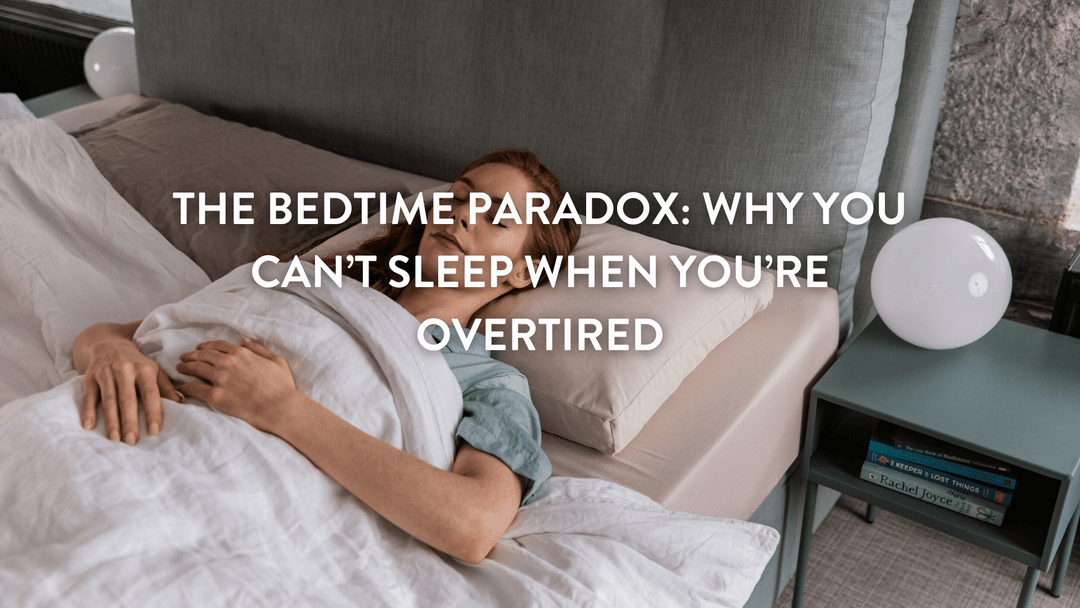
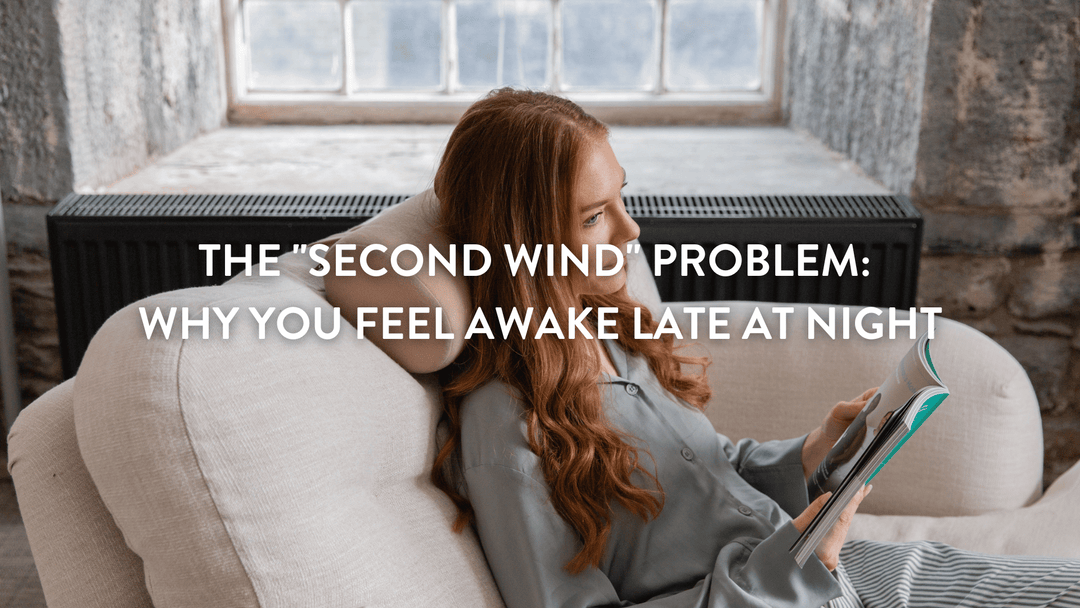

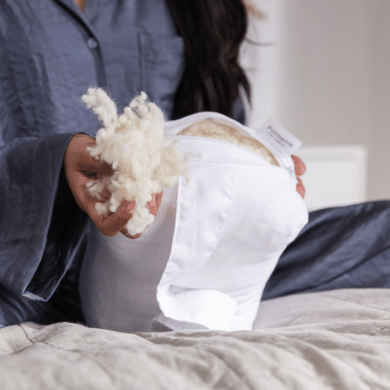

Leave a comment